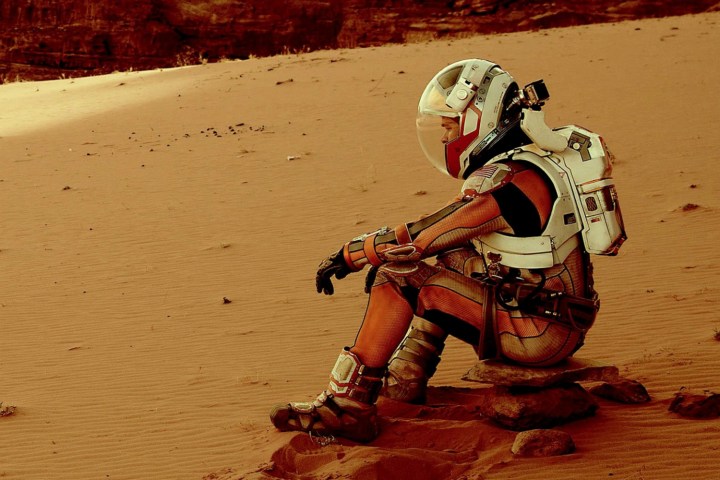
Two organizations, Two Planet Steel and Food for Mars, hope to make that task a bit more manageable by running experiments on Martian regolith (dust, soil, and rock), testing how to separate iron and heavy metal oxides in order to grow crops and make steel. They’ve launched a Kickstarter campaign to raise funds for their joint research.
Earlier this year, scientists led by Wieger Wamelink in the Netherlands’ Wageningen University Food for Mars program announced that vegetables could be grown from Mars-like soil without dangerous levels of heavy metals. The team managed to raise 10 crops — from radishes to peas — in a soil developed by NASA to replicate that found on the Red Planet.
Over in San Diego, Two Planet Steel’s Rif Miles Olson realized that that steel-making could be done on Mars using robots and small-scale equipment. This would save on transport costs and provide the Mars colony with a technology that it could develop for its specific purposes, like building tools, machinery, and facilities to produce other materials like aluminum and plastics. “Steel will be the embryo material and finished steel objects will the embryo structures that enable us to grow our Martian capabilities in all sorts of ways,” Olson tells Digital Trends.
But Olson thinks the techniques of steel production required for Mars might have impacts here on Earth as well. The autonomous mining rovers could find work here in Earth’s mines. And the production process — which will likely have to function with little or no fossil fuels — may even be implement on Earth without carbon dioxide emissions.
“Investigating making steel on Mars highlighted the fact that it should be possible to make steel here on Earth without producing any CO2 emissions, and that this was also very good and really even better,” Olson says. “My home planet will always be Earth.”
Olson partnered with Wamelink at Food for Mars and launched the Kickstarter campaign Project Food and Steel to spread the word on clean steal production and further investigate regolith processing for crop growth. With under two weeks and almost $17,500 more needed in funding, the goal seems unlikely but not impossible.
Editors' Recommendations
- NASA’s Mars helicopter aiming for two records on next flight
- NASA’s Mars 2020 rover will stay on Earth a little longer than expected
- NASA’s Mars Reconnaissance Orbiter is taking a two-week vacation


